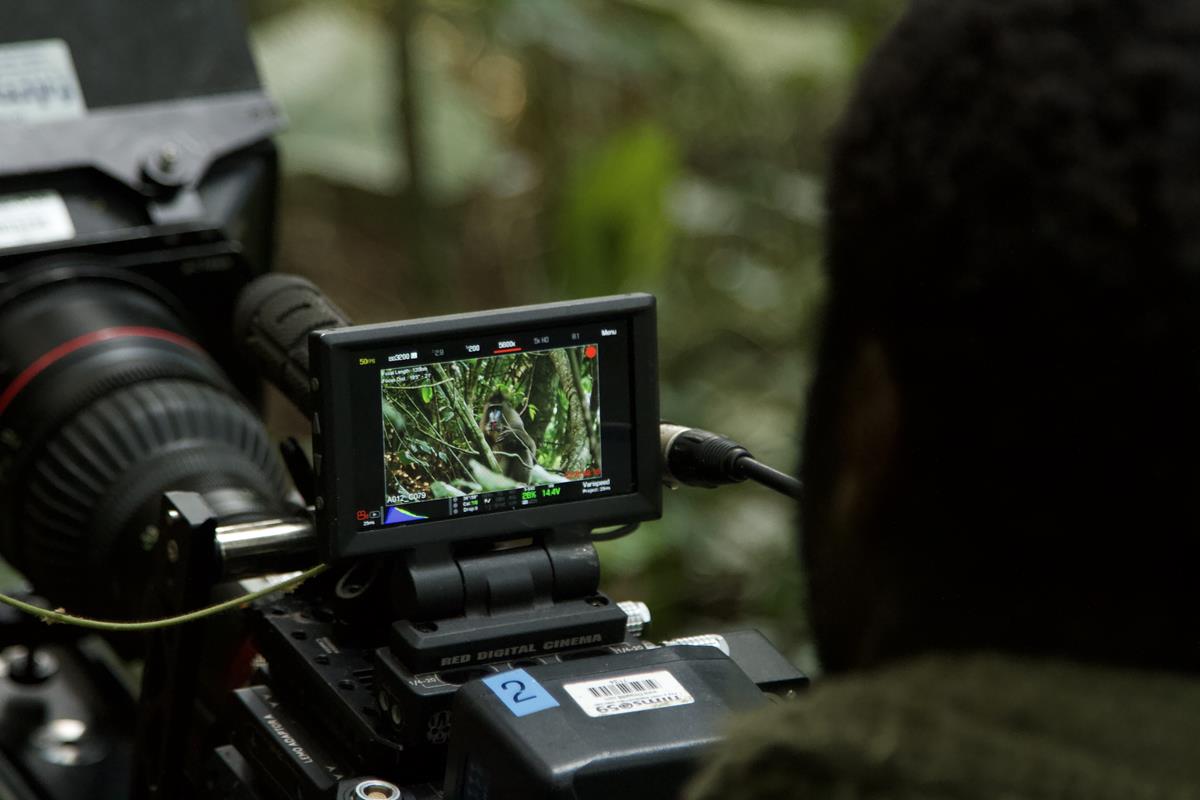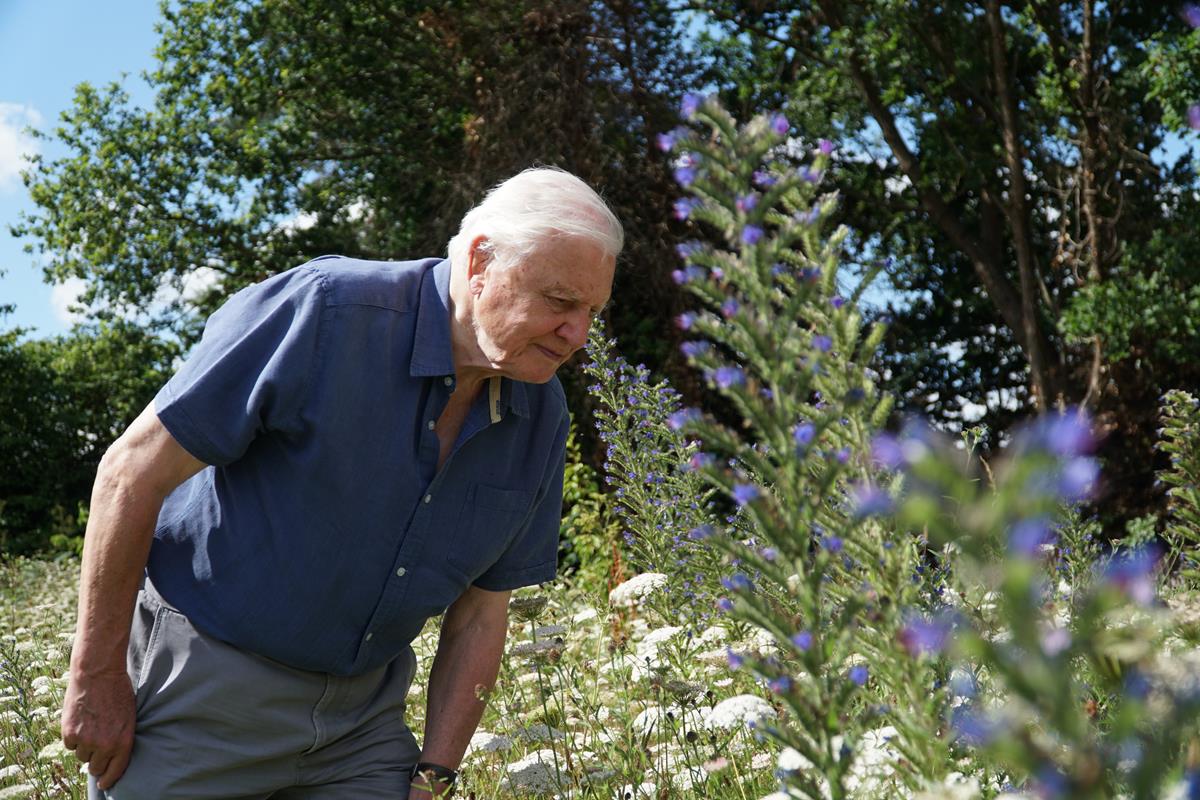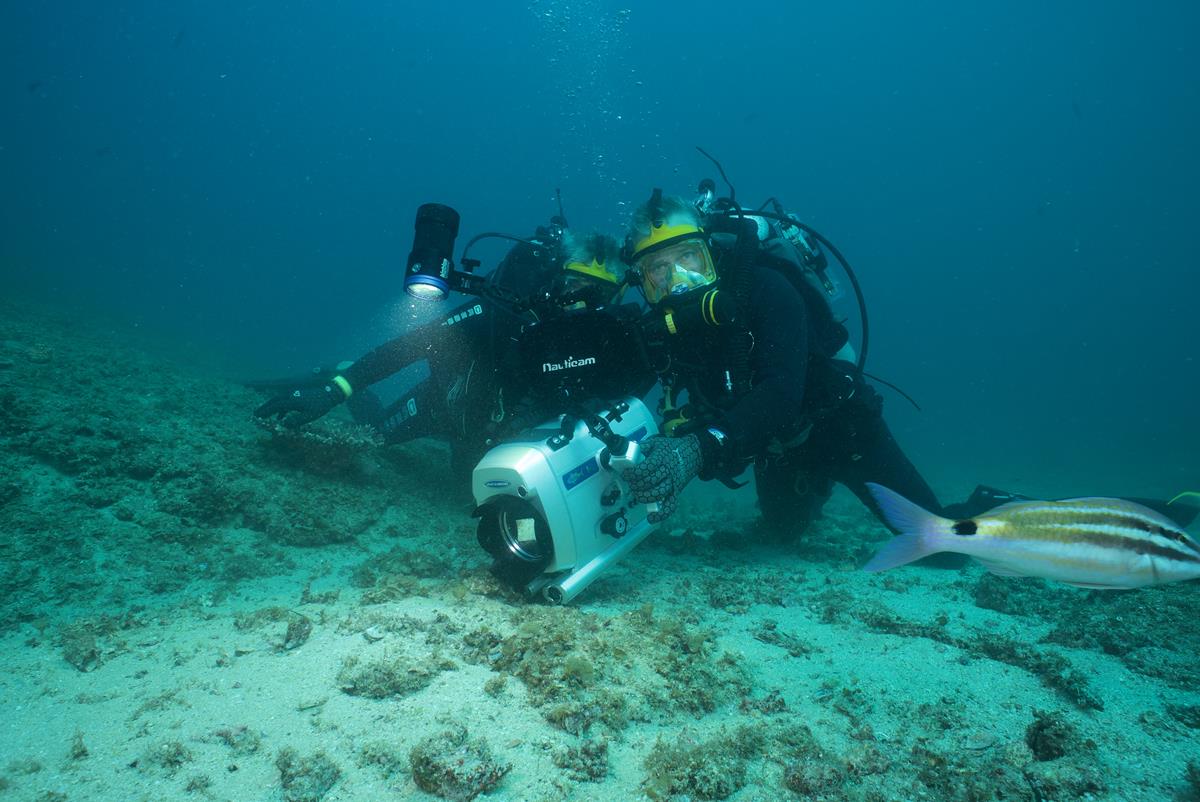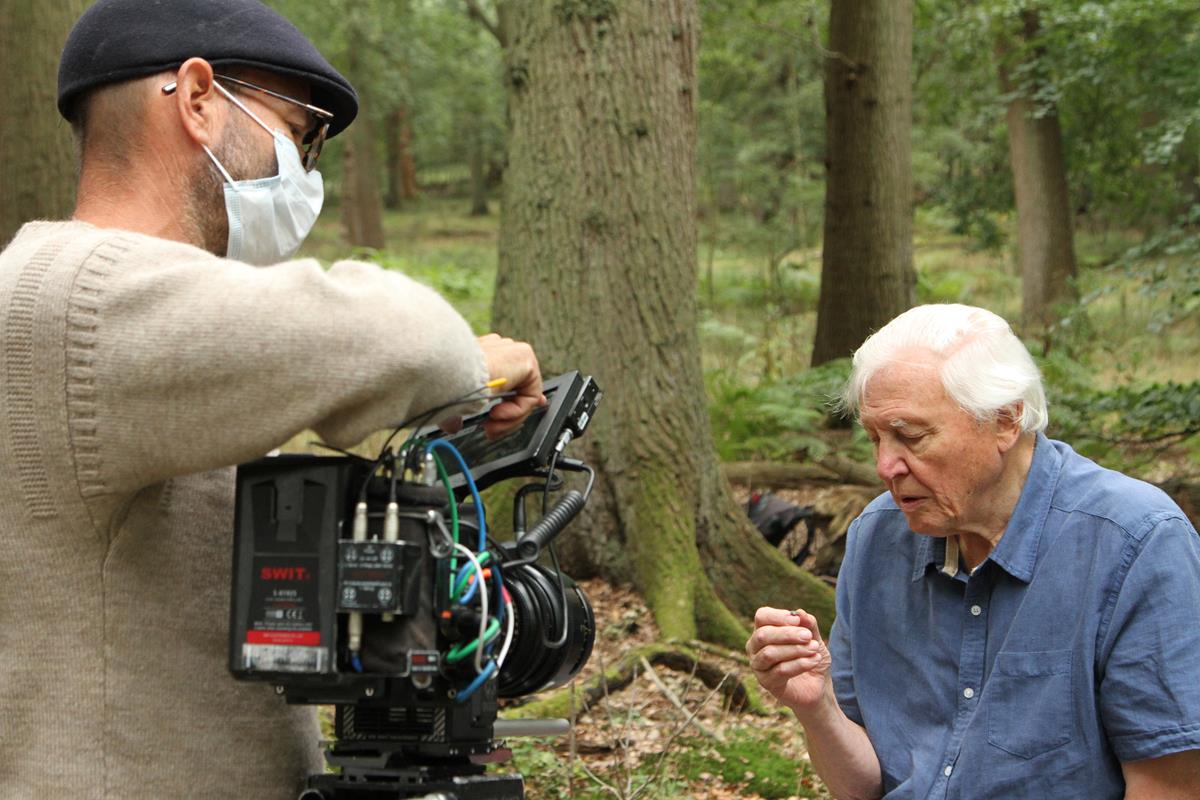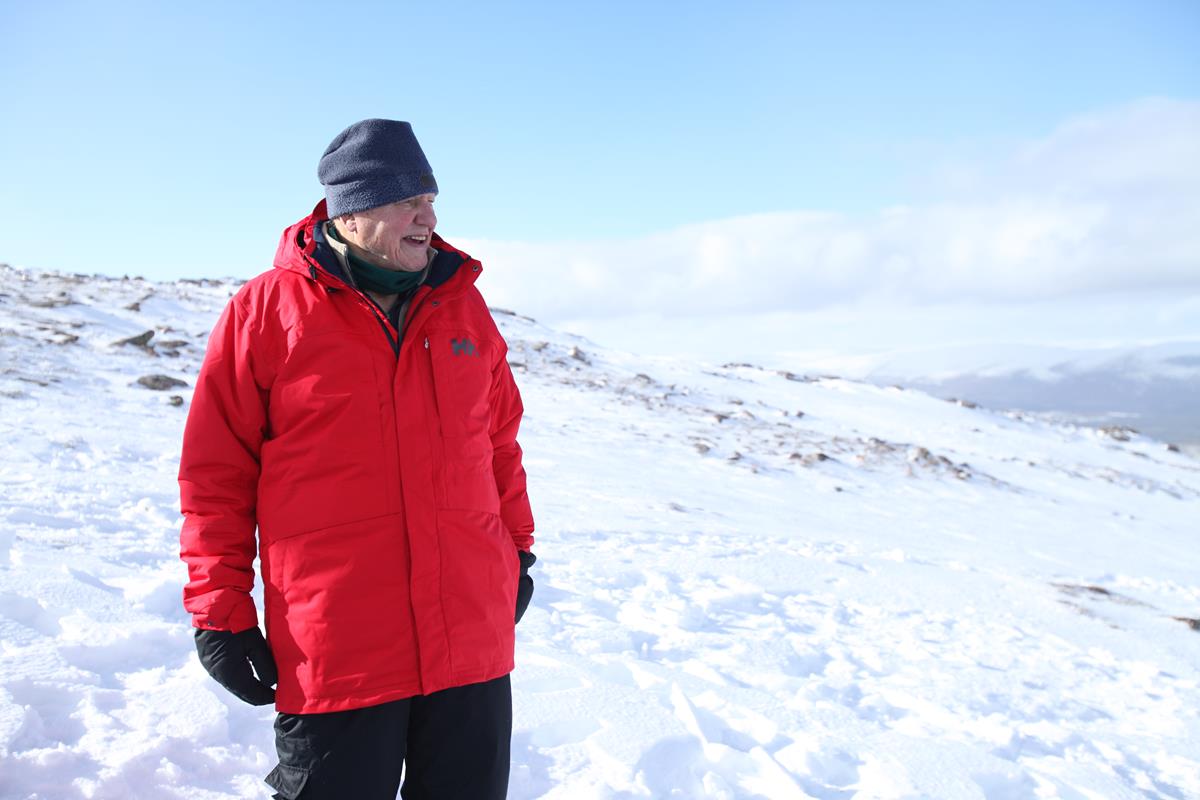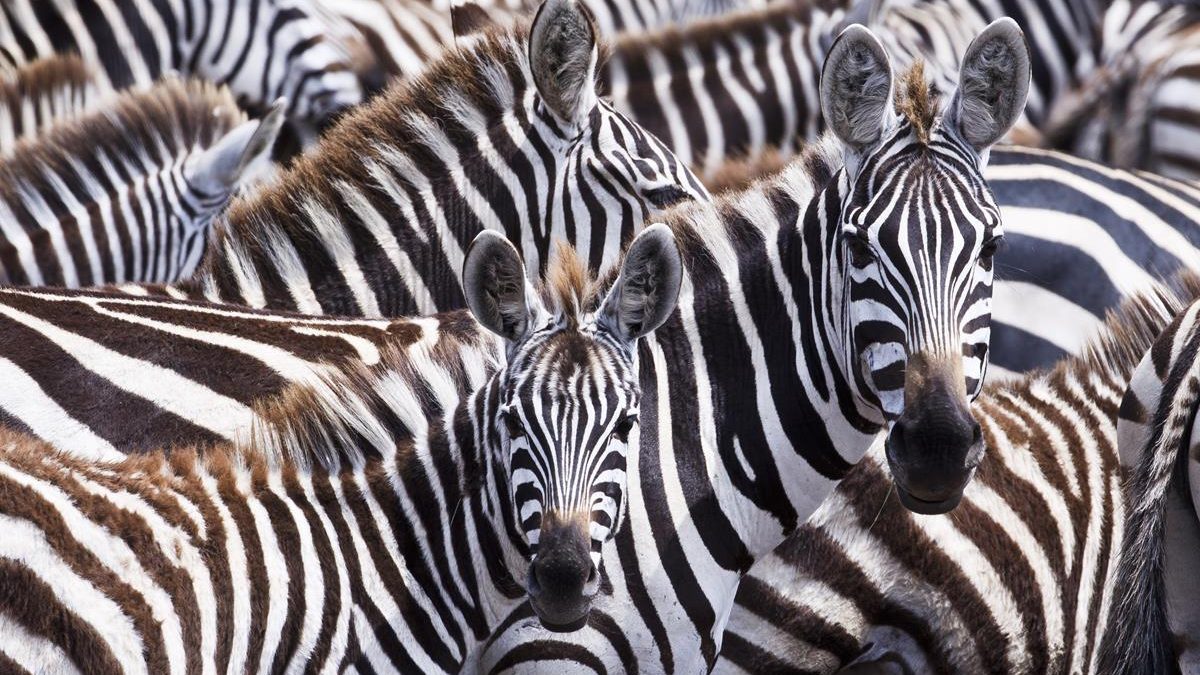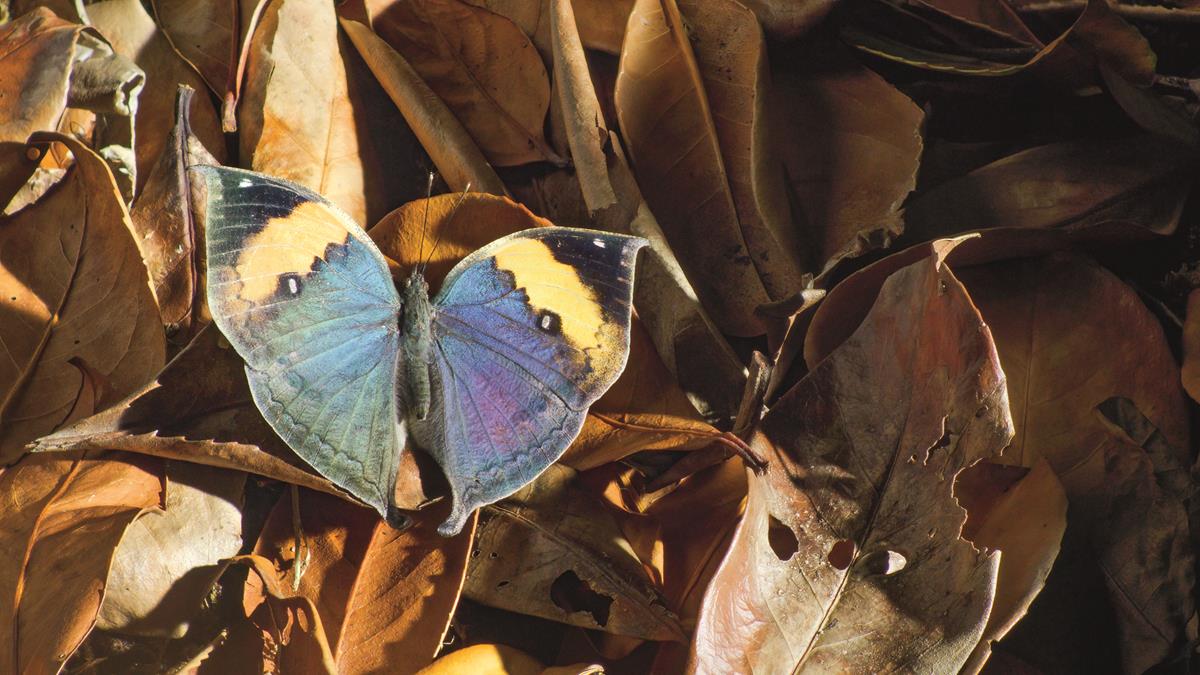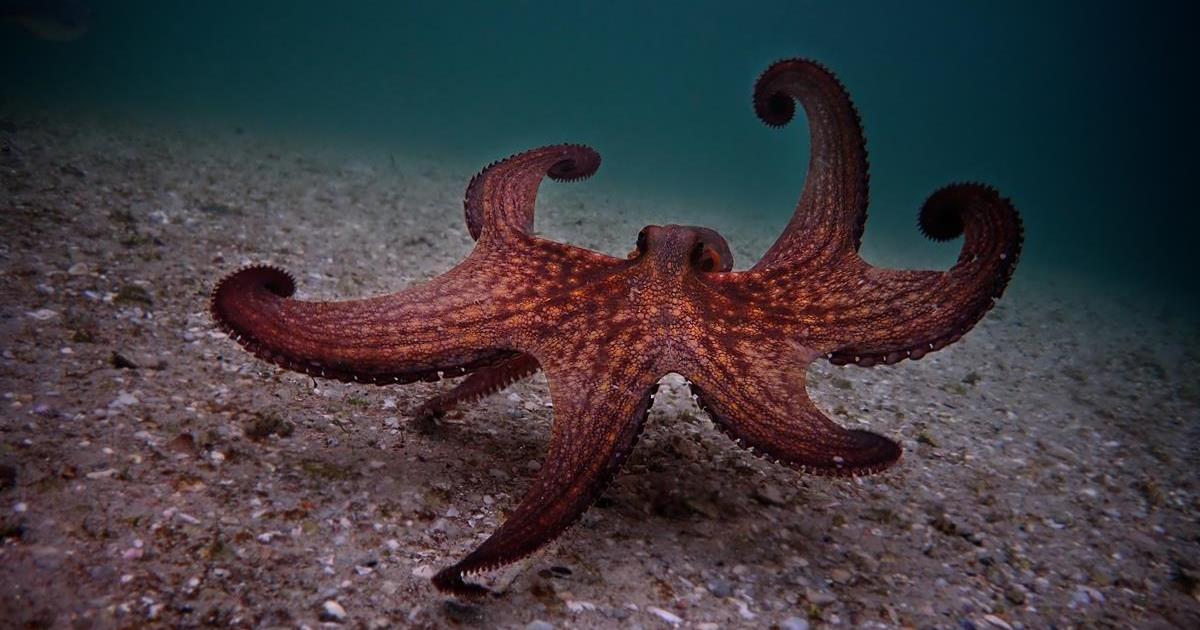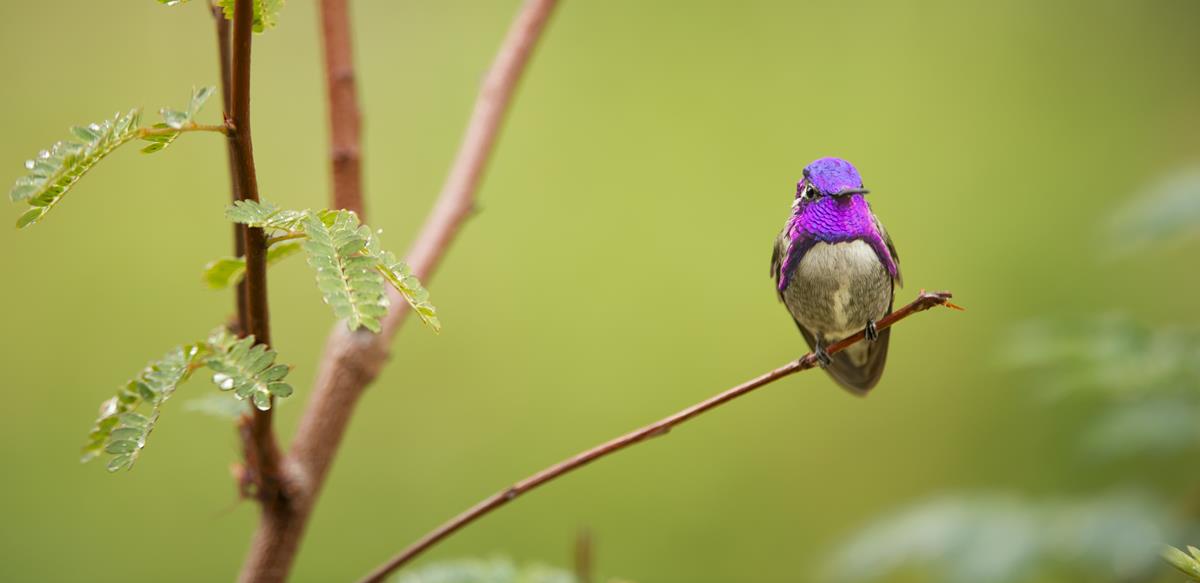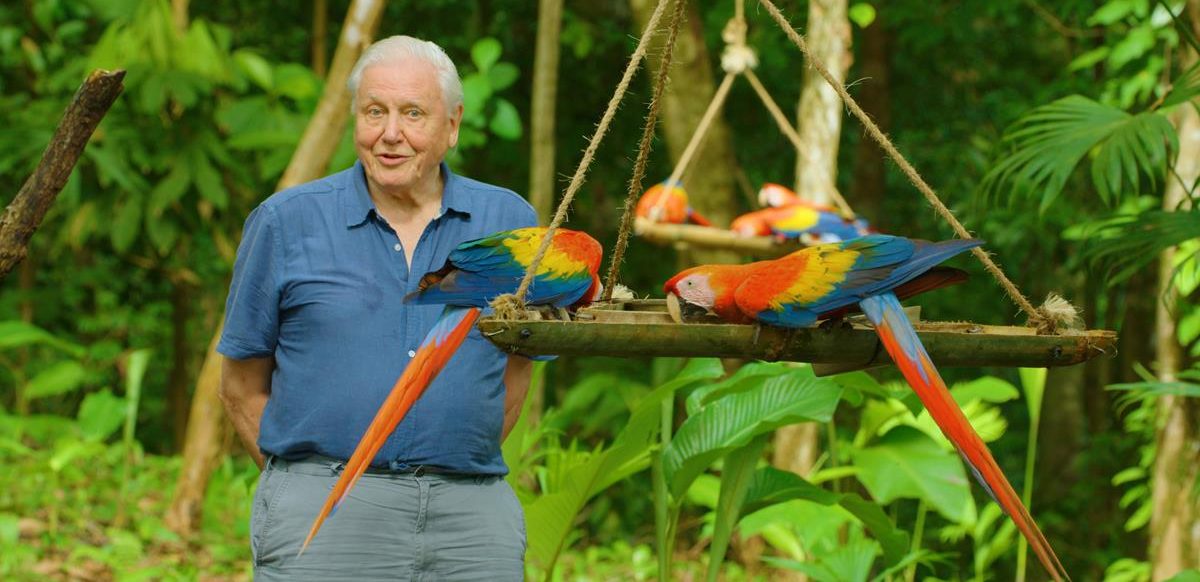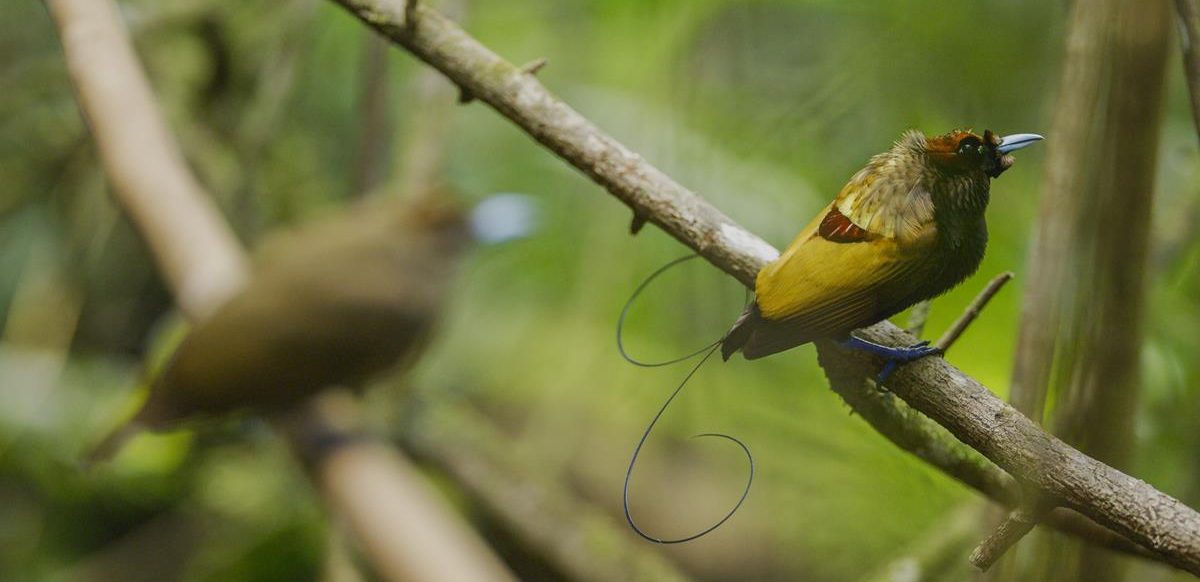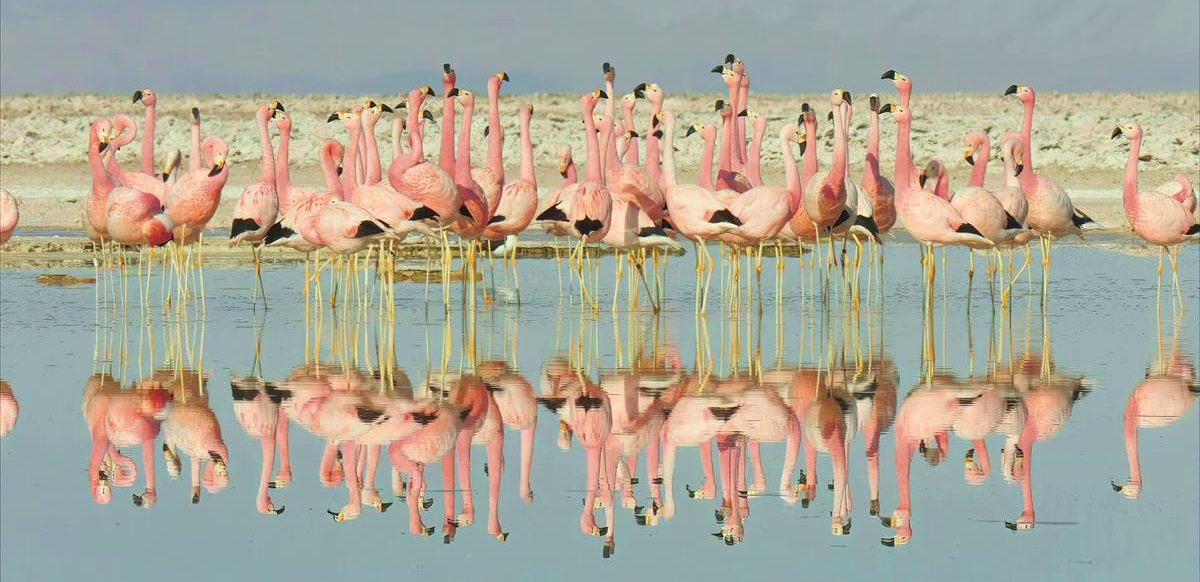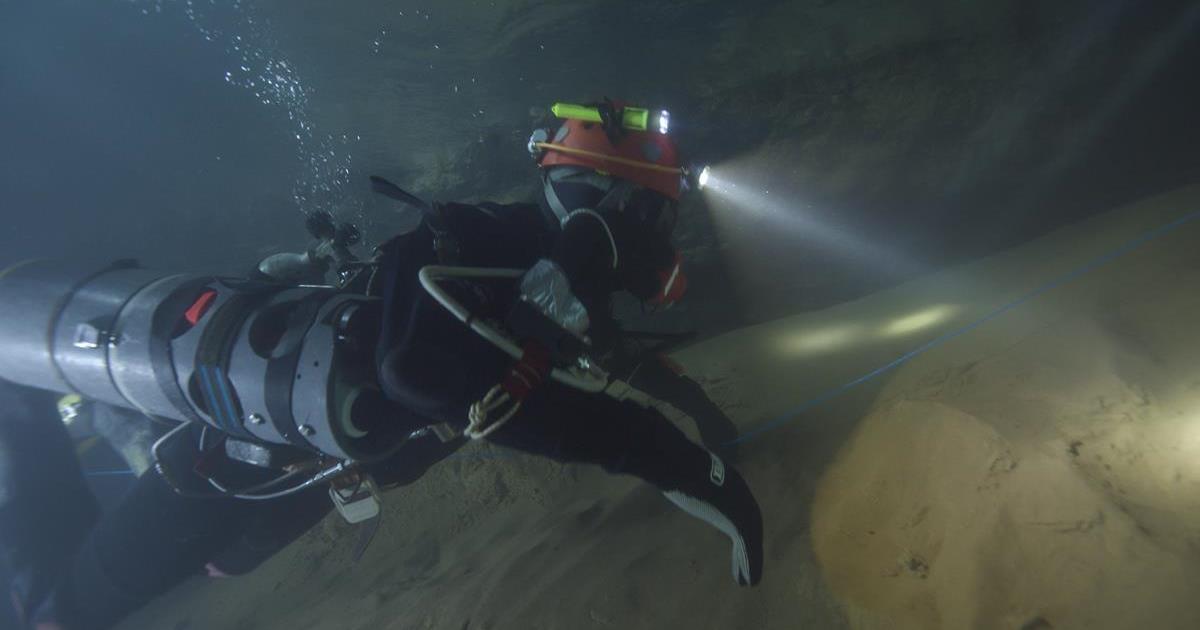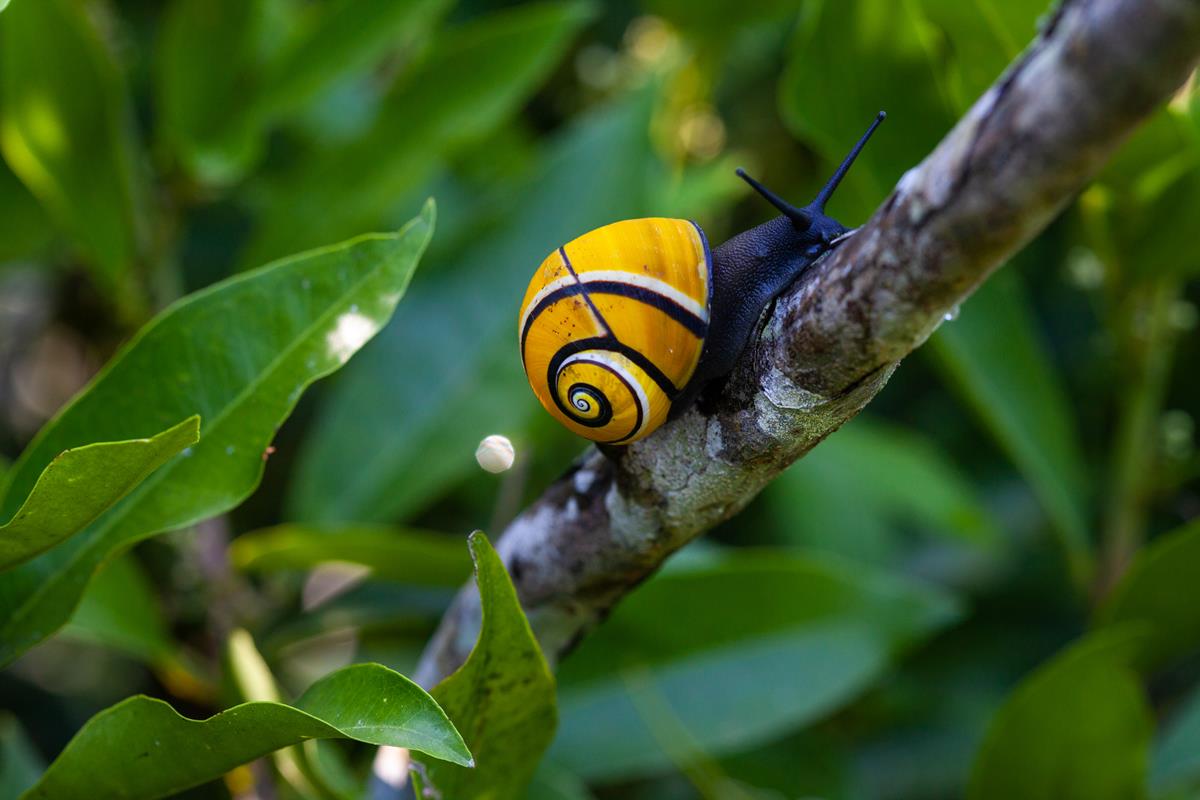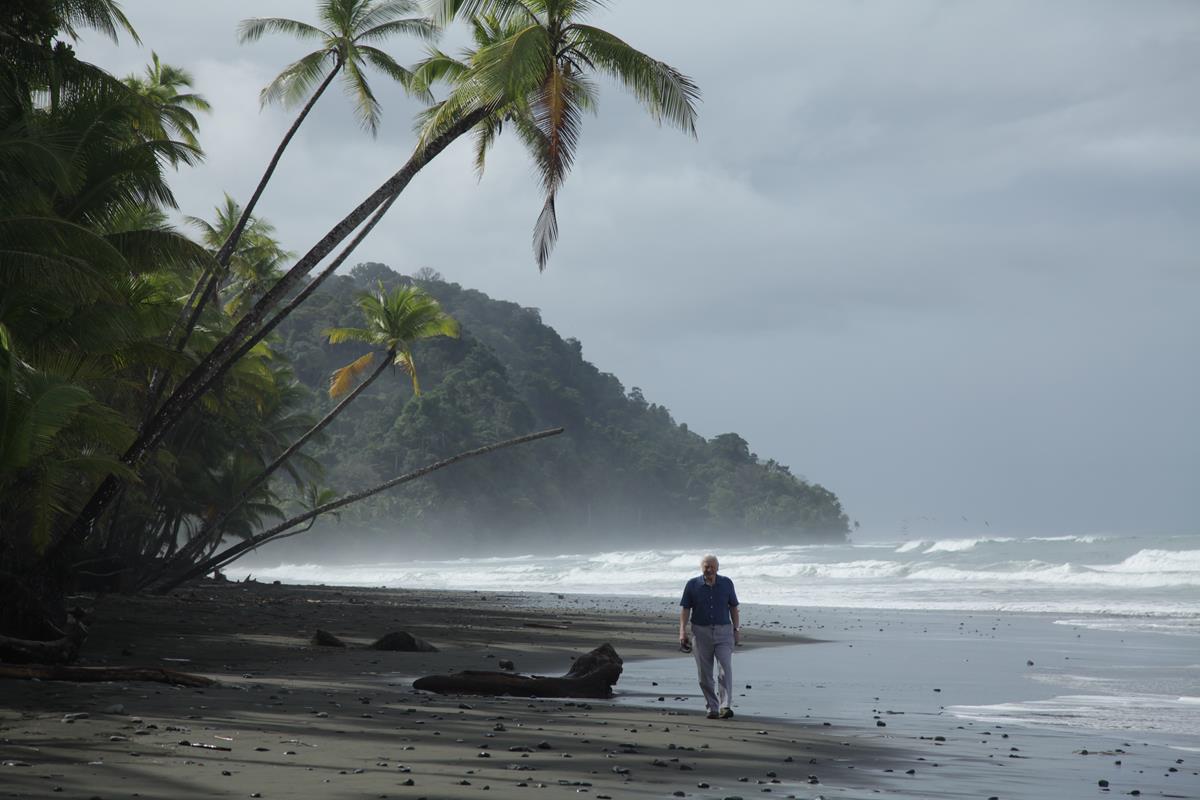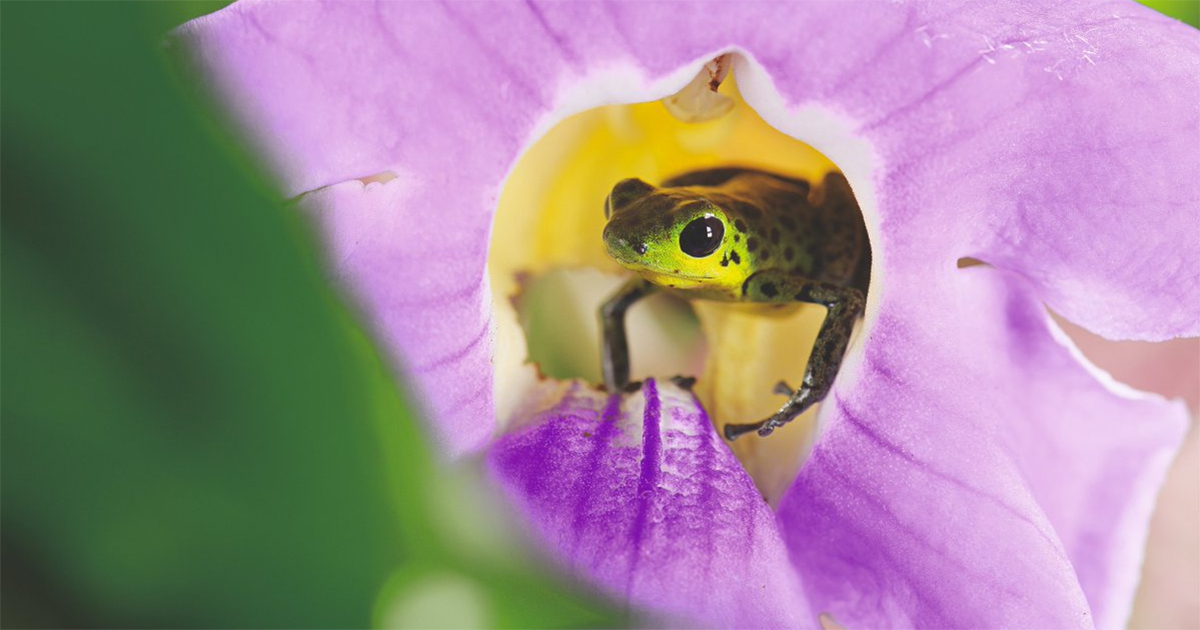
For even the most seasoned of natural history producers, filming behavior literally in a new light is extremely exciting and introduces a whole new level of previously hidden animal communication.
The BBC, in co-production with Netflix and Australia’s Channel 9, has produced Life in Color which, using new camera filtering systems, allowed the filming of UV and polarized light in the capture of land and ocean animal behavior.
The critically acclaimed series is hosted by David Attenborough. Series producer Sharmila Choudhury, who has been involved in many of Attenborough’s productions, told camera manufacturer RED, “When we contacted David about wanting to make a series on this subject matter, he said he had wanted to make a series about color since the 1950s!”
Life in Color sets itself apart from other natural history documentary series in that it explores the extraordinary ways that animals use color for survival. The team tried to cover a range of different kinds of animals to reveal how they see and use color. “Most mammals see fewer colors; they are effectively red-green color blind. On the other hand, many birds, insects, and fish can see colors in the UV range. And some animals also use polarized light to signal with patterns that we can’t see,” explained Choudhury.
The filmmakers teamed up with scientists who study animal vision and developed specialist camera systems that allowed them to record colors in polarized light, and in the UV range.
NOT WHODUNNIT, BUT HOW-DUNNIT — DIGGING INTO DOCUMENTARIES:
Documentary filmmakers are unleashing cutting-edge technologies such as artificial intelligence and virtual reality to bring their projects to life. Gain insights into the making of these groundbreaking projects with these articles extracted from the NAB Amplify archives:
- Crossing the Line: How the “Roadrunner” Documentary Created an Ethics Firestorm
- I’ll Be Your Mirror: Reflection and Refraction in “The Velvet Underground”
- “Navalny:” When Your Documentary Ends Up As a Spy Thriller
- Restored and Reborn: “Summer of Soul (…Or, When the Revolution Could Not Be Televised)”
- It WAS a Long and Winding Road: Producing Peter Jackson’s Epic Documentary “The Beatles: Get Back”
Adam Geiger, who filmed the coral reef sequence alongside Rory McGuinness, ACS, explained the technical breakthrough that allowed the new shots, “First, it’s critical to understand how animals perceive their world, and for that, we relied on scientists Viktor Gruev at the University of Illinois, and Justin Marshall and Sam Powell at the University of Queensland’s Brain Institute,” he said.
“UV and polarization photography has been around a long time, but what makes this series unique is combining both visible light imagery and those other wavelengths in the same image.
“Rory McGuinness and I shot the underwater sequences in several locations. The stories feature small, fast-moving animals, no less extraordinary for their size, but challenging to film underwater. We spent a lot of time with our researchers to learn the behaviors of each species, to be as prepared as possible in the field.
“We chose two primary camera systems: a RED HELIUM in a Nauticam housing, and Sony F5/RAW in a Gates housing. For both systems, we had a variety of lens and port options that could take us from the macro to the micro.”
“One of the most amazing revelations came from little fish on the Great Barrier Reef,” Choudhury continued. “To our eyes, a shoal of yellow damselfish all look exactly the same. But when you view them through a UV camera, you see that some have dark spots like freckles across their faces, while others have bright patches that reflect UV light across the body. These are actually different species and the fish can use those UV colors to tell each other apart. It’s a code invisible to us — and to large predatory fish that can’t see UV, either — so these patterns avoid attracting unwanted attention.”
For other more land-based behaviors, documentary and wildlife cameraman Vianet Djenguet hiked into the forest of Park de la Lekedi in Gabon to explore the male Mandrill’s vibrant colors that assert the primate’s dominance in a group. Djenguet and a small crew spent three weeks documenting their behavior.
Due to the focus on color, the cameraman took a different approach to capturing the Mandrills. “I used a low-angle method to emphasize their size, making them look larger to accentuate their features and colors,” he says. “I also made sure I set my RED GEMINI on the IPP2 and wide gamut RGB mode to capture every color the sensor can see.”
READ MORE: Life in Color: A Glimpse Into a New Spectrum (RED)
Another segment in Life in Color filmed in West Papua, Indonesia, focused on the magnificent bird-of paradise. Tim Laman, an American ornithologist, wildlife photojournalist and filmmaker, staked out the male’s display perch for several weeks. He filmed with a RED HELIUM 8K from his hide and had numerous DSLR and GoPros set up on branches around the display site that were controlled remotely.
Birds-of-paradise never cease to amaze with their unique and bizarre displays that are unrivalled in the animal kingdom. “Our eyes have three color receptors,” Choudhury explained, “but birds have four, allowing them to see in the UV range too. UV colors are particularly bright, so they can be very effective in dark rainforest habitats. The magnificent bird-of-paradise makes sure that his plumage stands out better by cleaning his arena of any leaves. Against a plain brown canvas, his colors appear brighter and more dazzling.”
Choudhury says that the series didn’t set out to address environmental problems, but during filming they discovered that climate change was affecting the lives and colors of some animals in ways they had not expected. “Many animals living in cold habitats, such the arctic fox and mountain hare, change their brown summer coats for white winter fur to afford them better camouflage. But as our world warms and snow cover melts away earlier and earlier every year, these animals are often out of sync and mismatched with their habitats, making them more vulnerable to predation.”
Surprisingly, other species are attempting to fight back against global warming with color. On Australia’s Great Barrier Reef, almost half of the corals have died off over the last 15 years due to the warming of the seas. But in the last decade, scientists have discovered that some dying corals have started to produce bright fluorescent pigments that act as sunscreen in an effort to protect themselves.
Want more? Watch this behind-the-scenes video from Mashable, “How David Attenborough’s ‘Life in Color’ captured what the eye can’t see,” featuring series producer Sharmila Choudhury and executive producer Colette Beaudry:





